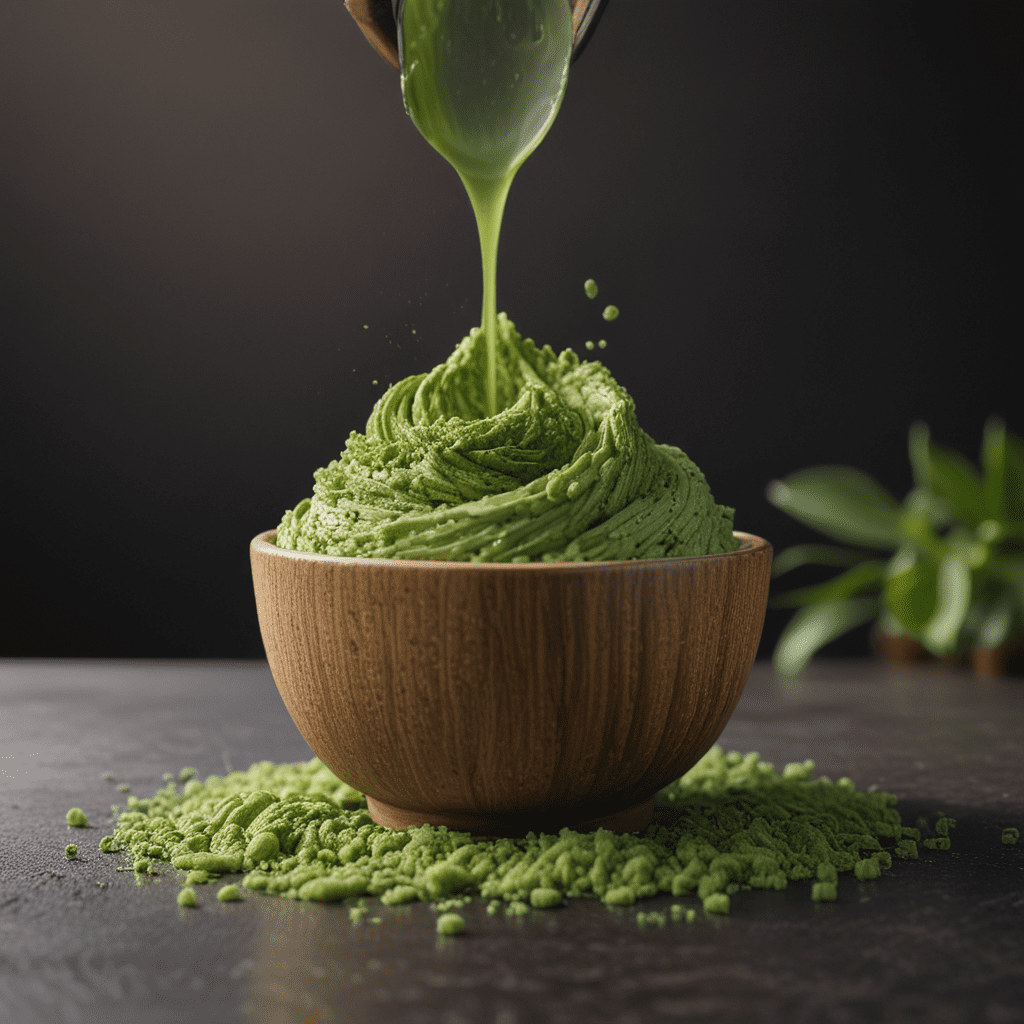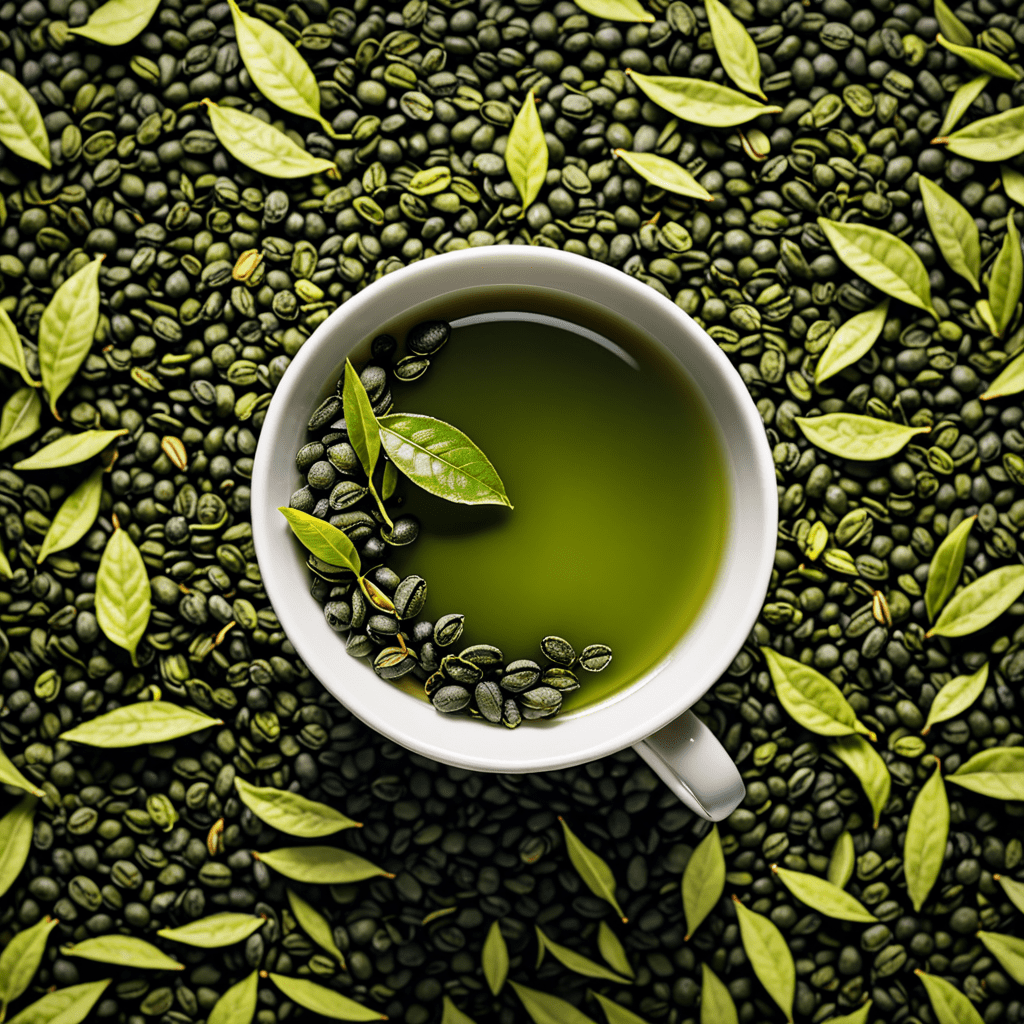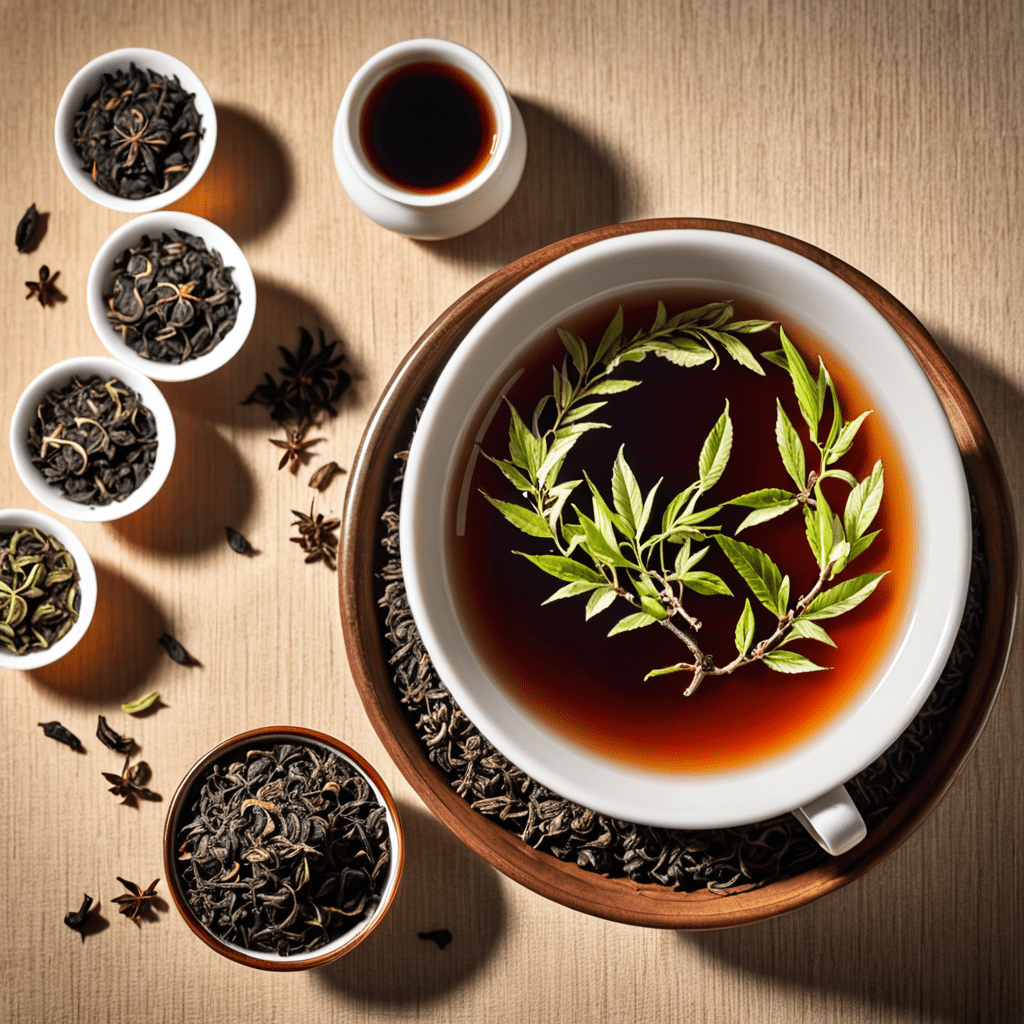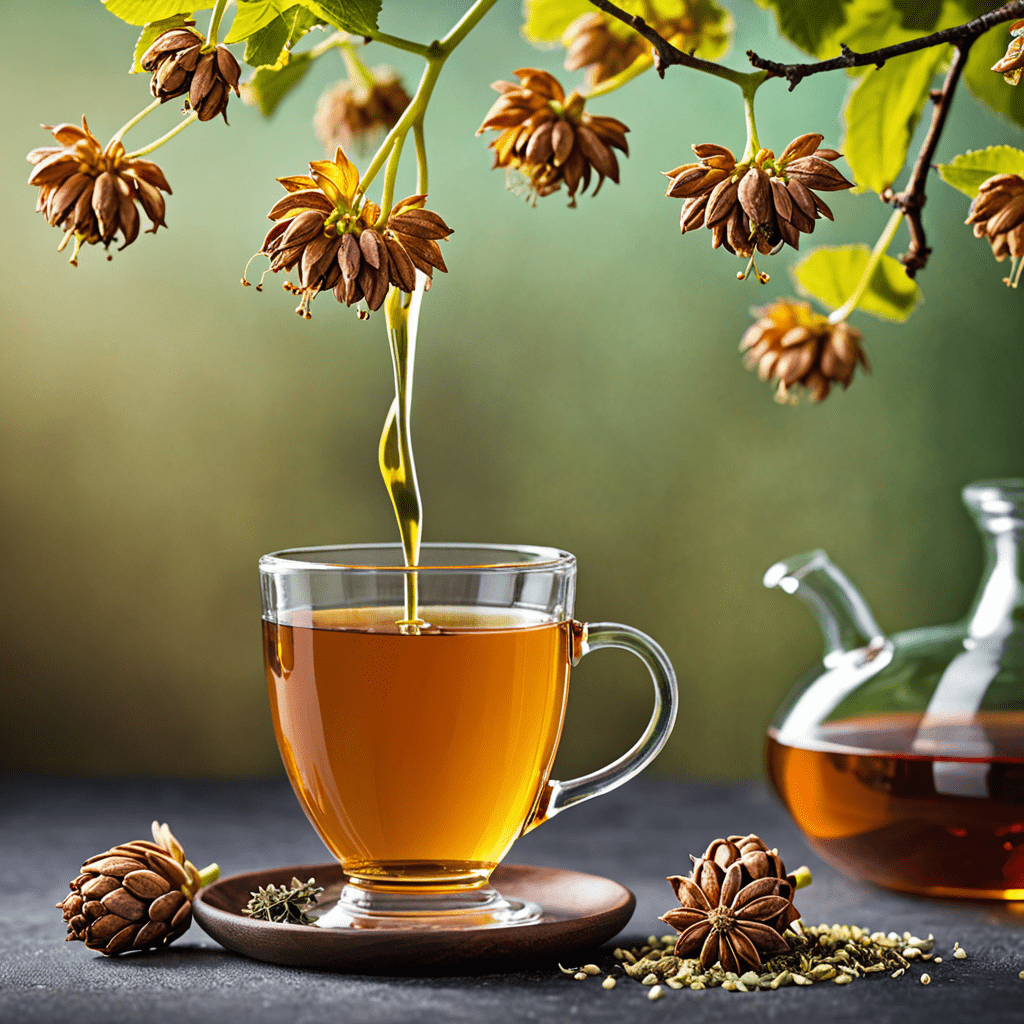The Cultural Significance of Matcha in Japan
1. Historical Origins of Matcha
Matcha, a finely ground green tea powder, holds a significant place in Japanese culture, with its origins dating back to the 9th century. Japanese monks studying Zen Buddhism in China brought back tea seeds, leading to the cultivation of tea plants in Japan. Matcha gained prominence during the 12th century when the Zen master Eisai popularized its use in tea ceremonies, emphasizing its calming and meditative qualities.
2. The Role of Matcha in Japanese Tea Ceremony
The Japanese tea ceremony, known as chanoyu, is a highly ritualized and aesthetic practice that embodies the principles of harmony, respect, purity, and tranquility. Matcha plays a central role in chanoyu, meticulously prepared by a tea master using specialized utensils and precise movements. Guests partake in a ceremonial drinking of matcha, appreciating its delicate flavor and the atmosphere of mindfulness it creates.
3. Matcha as a Symbol of Refinement and Elegance
Matcha has become synonymous with refinement and elegance in Japanese culture. Its vibrant green color and subtle flavor have made it a favorite among the Japanese elite, who associate it with sophistication and grace. Matcha is often used in traditional Japanese arts, such as calligraphy and flower arrangement, where its presence adds a touch of elegance and beauty.
6. Matcha in Traditional Cuisine and Confectionery
Matcha's versatility extends beyond tea ceremonies, finding its place in traditional Japanese cuisine and confectionery. Its vibrant green hue and delicate flavor add a unique touch to dishes such as matcha soba noodles, matcha tempura, and matcha-infused sweets like mochi, dango, and cakes. Matcha's subtle sweetness and earthy notes create a harmonious balance in desserts, making it a delectable treat enjoyed by all generations.
7. The Global Spread and Popularity of Matcha
In recent years, matcha has gained immense popularity worldwide, capturing the attention of tea enthusiasts and health-conscious individuals alike. Its unique flavor, vibrant color, and purported health benefits have made it a staple in specialty coffee shops, cafes, and health food stores around the globe. Western chefs and pastry makers are experimenting with matcha, incorporating it into a myriad of culinary creations, from lattes and smoothies to cakes and chocolates.
8. Matcha as a Cultural Ambassador for Japan
Matcha has become a cultural ambassador for Japan, representing its rich cultural heritage and exquisite taste worldwide. It is often featured in Japanese cultural events, showcases, and festivals abroad, where visitors can experience the art of tea ceremony and sample the unique flavors of matcha. Matcha's growing global presence not only promotes Japanese tea culture but also fosters intercultural exchange and appreciation.
9. The Preservation of Matcha Traditions
Preserving the traditional methods of matcha production and tea ceremony is of utmost importance in Japan. Master tea farmers and tea ceremony practitioners continue to pass down their knowledge and skills through generations, ensuring the preservation of these intangible cultural treasures. The Japanese government has also designated several tea-producing regions as national cultural heritage sites, safeguarding the traditional practices and landscapes that produce exceptional matcha.
10. Future Trends and Innovations in Matcha
As matcha's popularity continues to rise, we can expect to see ongoing innovations and trends in its production and consumption. Matcha producers are experimenting with new cultivation techniques and processing methods to enhance its flavor and health benefits. Researchers are also exploring the potential of matcha in functional foods and supplements, harnessing its antioxidant and other health-promoting properties.
FAQs on Matcha
1. What is the difference between matcha and green tea?
Matcha is a powdered green tea made from shade-grown tea leaves that are stone-ground into a fine powder. Green tea, on the other hand, is made from steeped tea leaves and comes in loose-leaf or tea bag form. Matcha has a more concentrated flavor and higher nutritional value compared to green tea.
2. How is matcha traditionally prepared?
Traditional matcha preparation involves whisking matcha powder with hot water in a bowl until a smooth, frothy tea is formed. Specialized utensils, such as a bamboo whisk and matcha bowl, are used to achieve the desired texture and flavor.
3. What are the health benefits of matcha?
Matcha is rich in antioxidants, particularly catechins, which have anti-inflammatory and cancer-fighting properties. It also contains L-theanine, an amino acid that promotes relaxation and focus. Additionally, matcha is a good source of fiber, vitamins, and minerals.
4. How can I incorporate matcha into my diet?
Matcha powder can be added to smoothies, lattes, baked goods, desserts, and even savory dishes. It can also be enjoyed as a traditional tea beverage. Matcha's versatility makes it easy to incorporate into various aspects of your diet.



